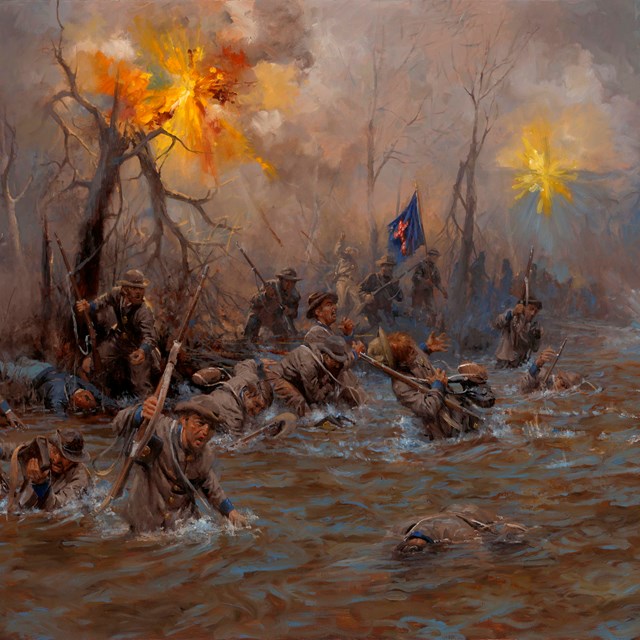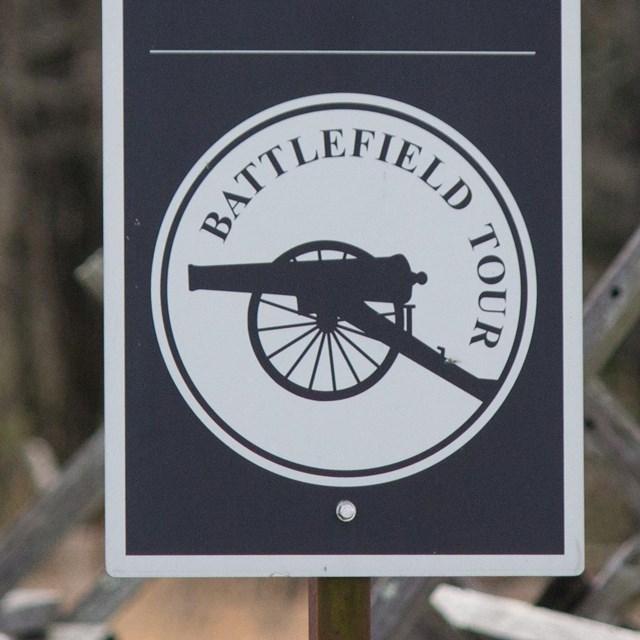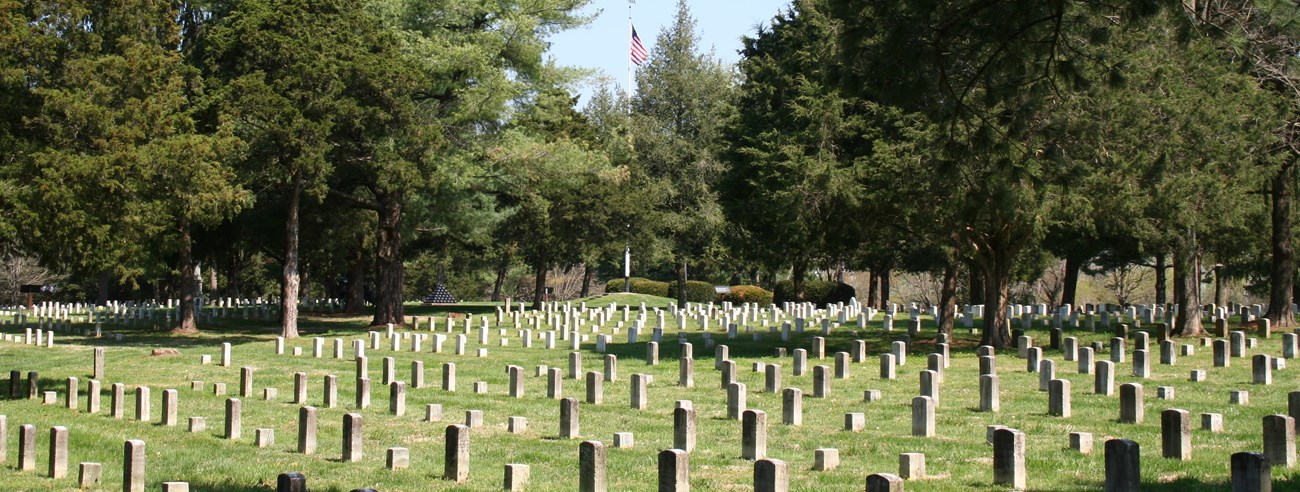
NPS After the battle most of the Union dead were hurriedly buried on the field. In 1865, soldiers of the 111th US Colored Infantry began the grim job of reburying the Union dead in Stones River National Cemetery. More than 6,100 Union soldiers lie here, along with about 1,000 soldiers from other conflicts up to the Vietnam War.
Visit our keyboard shortcuts docs for details
Museum Technician Marna Bastian explores the history of Stones River National Cemetery. 
NPS In 1864, Captain John A. Means, U.S. Army Assistant Quartermaster, received orders to choose the site of a national cemetery to be the final resting place for Union soldiers who had died in and around Murfreesboro. 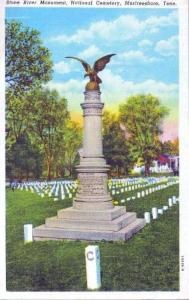
U.S. Army Chaplain William Earnshaw supervised the locating and reburying of the remains of Union soldiers. This solemn work fell to the men of the 111th United States Colored Infantry. They searched as far away as eighty miles for those who fell in service to their country. 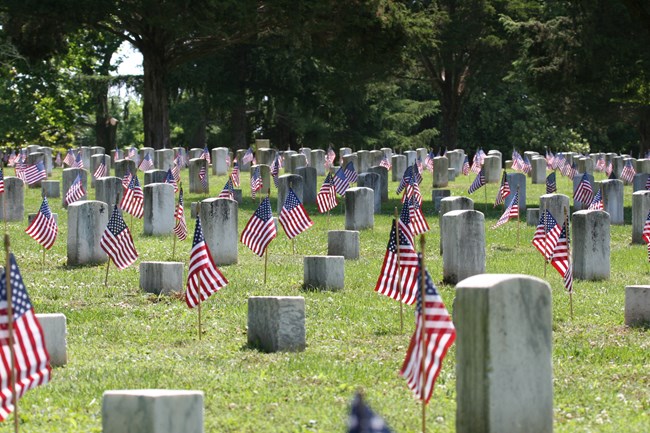
NPS/Jenkins When their army service ended in 1866, some of the men of the 111th United States Colored Infantry remained in the area working as civilian laborers in the national cemetery. Some of these men purchased property forming the core of a Freedmen’s community. The national cemetery also served as a symbol of their new-found freedom. These strong ties many residents held to the Stones River National Cemetery led them to call their new home "Cemetery." 
This "Precious Dust"
Read the wayside about the creation of Stones River National Cemetery 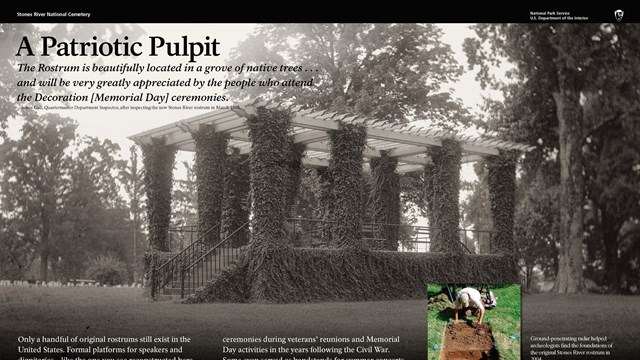
A Patriotic Pulpit
Read the wayside about the special structure found in the national cemetery. Virtual Tour Navigation
|
Last updated: April 3, 2024

